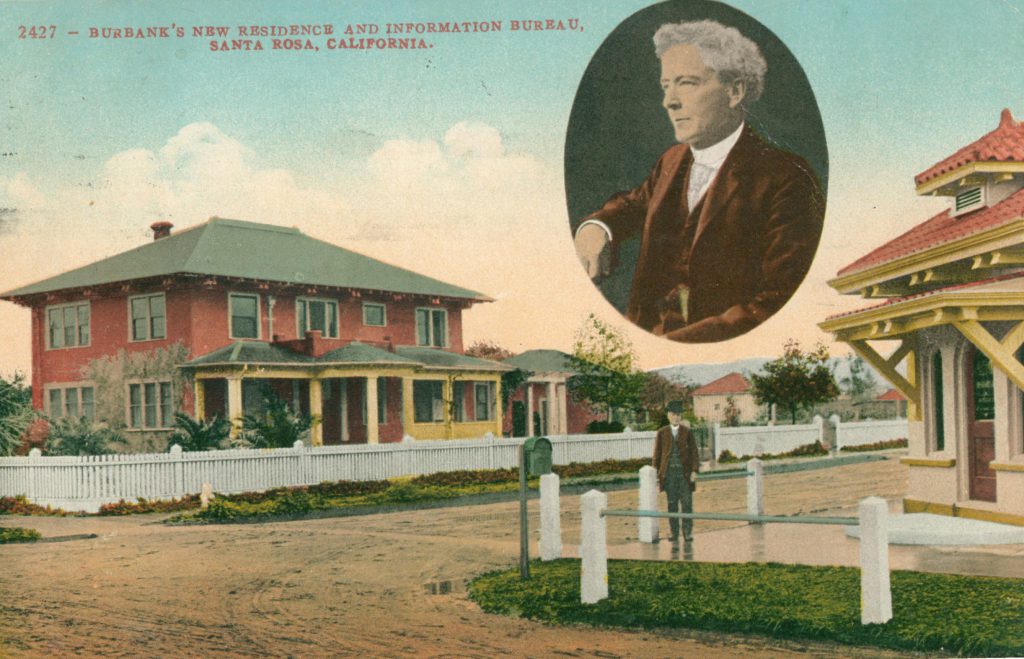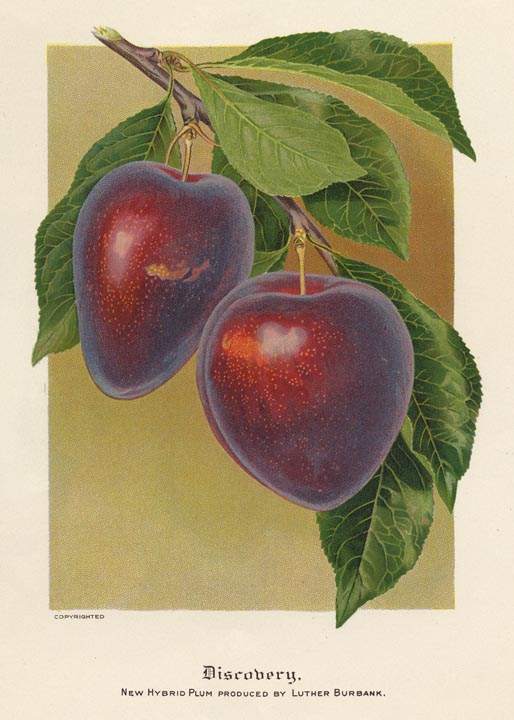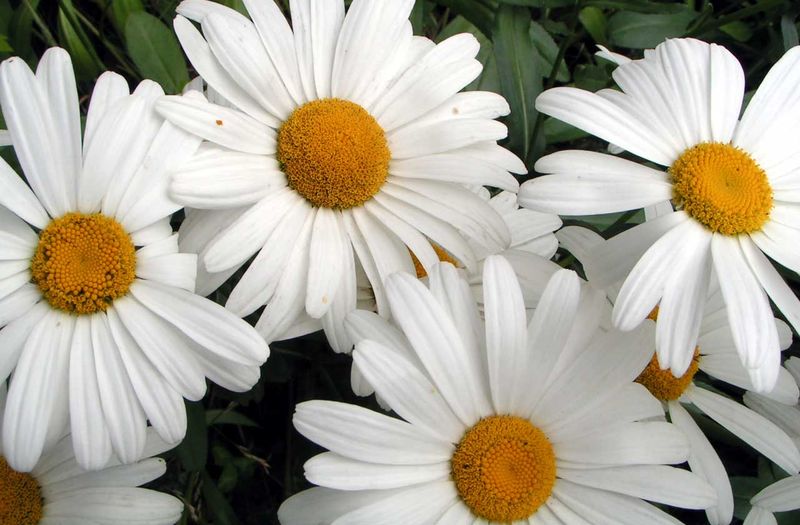
On June 17, 1930, federal law changes to allow the patenting of new varieties of plants. The Plant Patent Act of 1930 Is created to protect the work of horticulturalists throughout the country, but there was one person on everyone’s mind as the inspiration for the new law — Luther Burbank.
Born in Massachusetts just six months before California became a state, Burbank is a born inventor. As a young man, he constructs a steam engine to power his rowboat. In 1873, he identifies a particular potato plant in his family’s garden that produces the largest and healthiest potatoes. Replanting seeds from these he creates a potato that’s twice as large as most other varieties of the time. He sells rights to the “Burbank Potato” for $125, using the money to move to California.
While it doesn’t happen in Burbank’s lifetime, what’s now called the Russet Burbank is estimated to constitute nearly three quarters of the processed potatoes — mashed, french fried, etc — in North America. The potato’s size makes it convenient for creating french fries. Just ask McDonald’s, one of the biggest users of the Russet Burbank.

Arriving in Santa Rosa, Burbank purchases a four-acre farm where he spends the rest of his life experimenting with plants and developing better variations of fruits, flowers, nuts, vegetables and cacti. Among his inventions are over 800 varieties of new plants. In addition to the Russet Burbank, he develops more than 110 types of plums and prunes, more than 70 types of nuts, more than 50 types of lilies, 10 kinds of cherries and the plumcot – a cross between an apricot and a plum.
It took Burbank 17 years of cross-breeding European, American and Japanese daisies to create his Shasta Daisy, named after snow-capped Mt. Shasta.
Although Burbank is celebrated during his life, it’s following his death in 1926 that the federal government seeks to encourage others to follow in his footsteps by expanding copyright law to include plants.
Speaking before Congress, inventor Thomas Edison remarks that the proposed Plant Patent law “will, I feel sure, give us many Burbanks.”

After the passage of the law, Burbank is posthumously granted a number of plant patents, including patent numbers 12, 13, 14, 15, 16, and 18. A decade later, the U.S. Postal Service issues a 3-cent stamp honoring Burbank.
